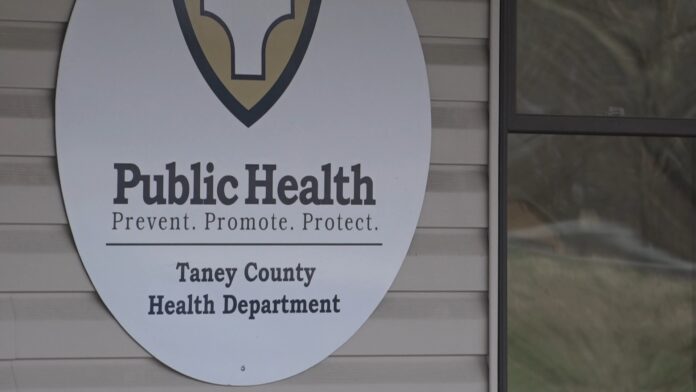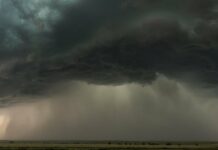By KY3 Staff | 
Posted: Thu 2:36 PM, Jun 25, 2020
 | 
Updated: Thu 5:02 PM, Jun 25, 2020
TANEY COUNTY, Mo. — The Taney County Health Department has released a timeline of potential exposures Thursday after announcing three new cases of COVID-19.
Two cases are travel-related, while one is connected to a previous COVID-19 cases. Close contacts will be notified and placed in quarantine, per the health department.
The timeline of potential exposures was released regarding the new cases.
Friday, June 12 to Friday, June 19:
McDonald’s (2214 W Hwy 76) in Branson (morning-drive thru, unmasked)
McDonald’s (515 W. Main St.) in Branson (evening drive-thru, unmasked)
Wendy’s (510 W. Main St.) in Branson (evening drive-thru, unmasked)
Saturday, June 13 (11 a.m.):
Walmart Super Center in Branson (unmasked)
Sunday, June 14 (mid-morning):
Ye Olde Wash House in Hollister (unmasked)
CVS in Branson (unmasked)
Sunfest Market in Branson (unmasked)
Monday, June 15 (4:30 p.m.):
Bank of Missouri Lobby (unmasked)
Friday, June 19 (after 5 p.m.):
CVS in Branson (unmasked)
Saturday, June 20 (11:30 a.m.):
White Oak Station, 4017 W Hwy 76, Branson (unmasked)
Anyone who visited this location during these listed times is considered to be at low risk for contracting COVID-19, but should monitor for symptoms. There is no need to self-quarantine or isolate unless symptoms develop.
Symptoms of COVID-19 include:
· Fever or chills
· Cough
· Shortness of breath or difficulty breathing
· Fatigue
· Muscle or body aches
· Headache
· New loss of taste or smell
· Sore throat
· Congestion or runny nose
· Nausea or vomiting
· Diarrhea
Taney County has reported 40 cases of COVID-19 as of Thursday.






